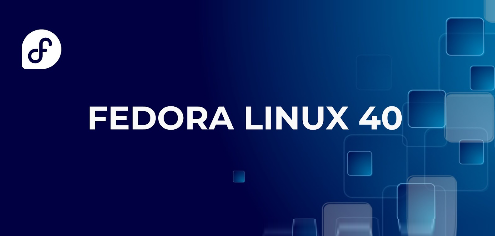
Introduction
Fedora 40 is the latest version of the Fedora operating system, known for its cutting-edge features and strong emphasis on open-source technology. It provides a robust and flexible platform for developers, system administrators, and users who value innovation and stability.
What
Fedora 40 is the newest release of the Fedora Project, a free and open-source operating system. It serves as a testing ground for new technologies that are eventually integrated into Red Hat Enterprise Linux (RHEL). Fedora 40 continues the tradition of providing the latest software, a high level of security, and robust performance.
Who
Fedora 40 is used by developers, system administrators, and tech enthusiasts who value cutting-edge software and open-source principles. It is particularly popular in the open-source community and is favored by those who need a stable and flexible development environment.
Where
Fedora 40 is used in various environments, including personal computers, servers, and cloud infrastructures. Its versatility makes it suitable for a wide range of applications, from desktop computing to server management and cloud deployments.
When
Fedora 40 should be used when you need the latest in open-source technology, want to test new features and software, or require a secure and stable operating system for development purposes. It is ideal for environments where regular updates and community support are valued.
Why
Using Fedora 40 offers several advantages and some costs. Here is a detailed comparison:
| Pros | Cons |
|---|---|
| Access to the latest software and technologies. | Frequent updates may require regular maintenance. |
| Strong community support and extensive documentation. | Potential instability with cutting-edge features. |
| High level of security with SELinux and other features. | Learning curve for new users unfamiliar with Fedora. |
| Excellent performance and scalability. | May require higher system resources for optimal performance. |
How
Fedora 40 operates on the Linux kernel, providing a robust and flexible environment for users and developers. It includes a variety of tools and applications, such as GNOME 40, Wayland display server, and the latest programming languages and development tools. Fedora 40 focuses on modularity, allowing users to customize their installation with different editions like Workstation, Server, and IoT.
Consequences
Implementing Fedora 40 can lead to several positive and negative consequences:
Positive Consequences:
- Access to the latest software and innovations.
- Enhanced security with SELinux and other built-in features.
- Strong community support and extensive documentation.
- Highly customizable and modular, allowing tailored installations.
Negative Consequences:
- Potential instability with cutting-edge features.
- Frequent updates may require regular maintenance.
- Learning curve for new users.
- Higher system resource requirements for optimal performance.
Conclusion
Fedora 40 is a powerful and flexible operating system that offers the latest in open-source technology. It is ideal for developers, system administrators, and tech enthusiasts who value innovation and stability. While it comes with certain costs, such as potential instability and regular maintenance requirements, the benefits of having access to cutting-edge software, strong community support, and enhanced security make it a compelling choice for many users.
- Get link
- X
- Other Apps









Comments
Post a Comment
Thank you for your comment! We appreciate your feedback, feel free to check out more of our articles.
Best regards, Bizantum Blog Team.